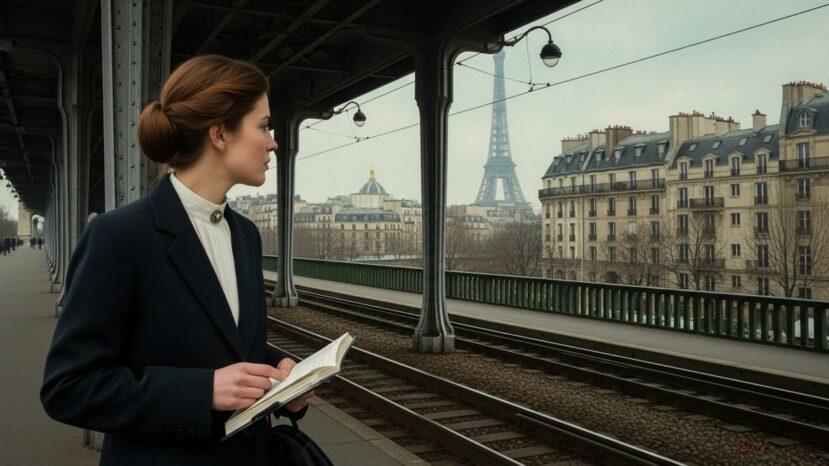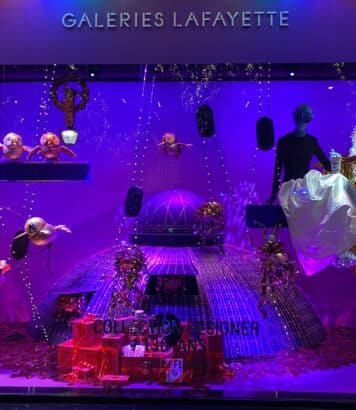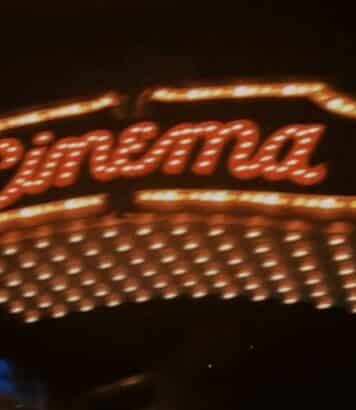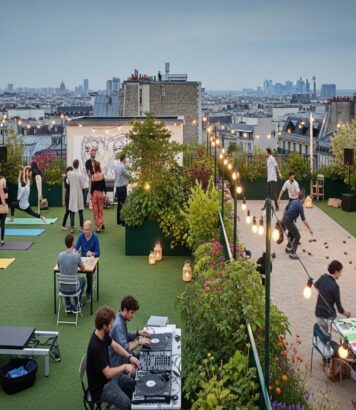Gustave Caillebotte: a walk in the painter’s footsteps in Paris and the Île-de-France region

Fancy a stroll through the modern world of 19th-century painting? Following in the footsteps of Gustave Caillebotte sheds new light on Paris and the
Painter, patron and regatta sailor, Caillebotte (1848-1894) captured the momentum of a capital under construction, but also simple moments by the water. This walk offers a clear itinerary, from the Europe district to the Yerres gardens, then down to the Seine at Petit-Gennevilliers. Each stage links a real place to a specific painting, with advice on access and pace.
Paris, city angles and vanishing lines
The natural starting point is around the Place de l’Europe, near the Saint-Lazare train station. Here, the painter constructs daring framings, as in
Not far away, the Haussmannian fabric imposes its broad lines and wide sidewalks. Caillebotte captures a cold light, a humid air, a Paris on the move. The low angle and perspective underline the speed of urban change. This section of the stroll is well suited to mornings, when the crowds are light.
“Walking where a painter has set up his easel changes the way you look at things.”
We then head for the 8th arrondissement, around Miromesnil, the setting of the painter’s youth. Bourgeois interiors interact with the street, like a theater. As a result, the sequence “windows – boulevards – bridges” gives rhythm to the walk. This simple progression makes it easier to read the Paris of 1875-1877.
Practical itinerary in Paris
Start at Europe station (line 3), then walk to Place de l’Europe in five minutes. Take time to observe the bridge, its railings and the tracks below. Then head for
- Best time: morning or late afternoon
- Shoes: stable soles for wet pavements
- Weather: bring a windproof layer
- Visual landmarks: bridge, rails, stone facades
- Photo tip: align sidewalk and horizon
To widen the view, set a second arc passing through Saint-Lazare and the Grand Boulevards. In this way, we feel the density, the noise, the energy that Caillebotte translates into composition. The eye learns to look for lines, not monuments. This method makes for a more active stroll.
Finally, finish off with a quiet coffee to review your images and notes. This pause anchors the landmarks you’ve seen during the day. It also prepares you for the next part, which is greener and slower. You then switch to a different tempo.
Yerres, a family estate and scenes on the water
In Yerres(RER D, about 30 min from Paris), the setting changes dramatically. From boulevards to riverbanks, from passers-by to rowers. Here, the
Several famous canvases take their cue from this scene, including Partie de bateau (circa 1877). The water reflects the sky, the boat moves at half-height, the bodies suggest a regular rhythm. Observation of the banks, plantations and curves of the waterway continue to guide the walk. The stroll gains in gentleness without losing the link with the painting.
The property, open for most of the year, features gardens, an orangery and quiet lanes. Depending on the season, you may come across cultural events. What’s more, the park helps us understand the painter’s interest in botany and regular layouts. This breath of fresh air completes the Parisian itinerary and extends the stroll.
Petit-Gennevilliers and Argenteuil, the wind of the regatta
Last section near Petit-Gennevilliers, on the Seine, where Caillebotte lived and sailed. Today’s paths run alongside the water, offering clear views of the islands and boatyards. Regatta scenes can be read in the light and chop. The stroll here recaptures the sporting energy the painter loved.
You can combine this outing with a trip to Argenteuil (train from Saint-Lazare). The riverbanks speak of industry, bridges and open-air painting. All in all, a flexible day out, with short journeys. Allow a little time for delays.
Practical tips for enjoying the course
Stay light: water, snacks, battery backup, offline map. This keeps your hands free for framing and noting. Choose segments of 60 to 90 minutes, with regular breaks. This pace supports the ride without fatigue.
For families, choose the Yerres gardens in the middle of the day. The calm helps children, and adults appreciate the variety of places. Alternate between walking and sitting on benches in the shade. The walk becomes a shared moment.
In terms of culture, keep in mind that the Musée d’Orsay and other institutions hold many of Caillebotte’s paintings. So, going back and forth between field and room reinforces your understanding of the works. Indeed, seeing the site before or after the visit changes everything. This to-and-fro sharpens the eye and the memory.
Gustave Caillebotte – Partie de bateau (art prints)
Ideal for a light wall, this poster highlights the line of the boat and the soft light. It’s the perfect way to bring a peaceful, sporty atmosphere into your home.
Gustave Caillebotte – Cahier Partie de bateau
Canvas-inspired cover and pleasant paper for everyday writing. Also, a practical format for quick notes and sketches.
Gustave Caillebotte – Snow globe Part of a boat
Lightweight decorative object, a poetic nod to the reflections of water. When shaken, it evokes a sense of calm and movement.
Gustave Caillebotte – Mug Partie de bateau
Sturdy porcelain and comfortable handle for breaks. The marine motif adds a fresh note to the table.
Gustave Caillebotte – Caillebotte. Painter of extremes
A book to grasp the gaps between city and nature in one’s career. What’s more, the visual analyses remain accessible and precise.
Gustave Caillebotte – Micro-puzzle Gustave Caillebotte – Part de bateau
Small format, quick challenge, easy on the eye. The finished scene fits neatly on a desk.
Gustave Caillebotte – Magnet Boat part
Clean colors and solid magnetic surface for fridge or cupboard. The boat becomes a reference point for your lists.
Gustave Caillebotte – Boîte menthe Caillebotte – La Partie de bateau
Discreet metal, sweets at hand, elegant motif. In the pocket, it weighs next to nothing.
Gustave Caillebotte – Poster Les raboteurs de parquet
A powerful composition, with repeated, masterful gestures. What’s more, the large format captures the light of a living room.
Gustave Caillebotte – Les planoteurs de parquet (art posters)
Impression faithful to the textures of the wood and the posture of the workers. The energy of the work clothes the wall.
Gustave Caillebotte – Reproduction Raboteurs de parquet
Meticulous finish for long-lasting hanging in the home. However, avoid direct sunlight.
Gustave Caillebotte – Magnet Floor Planers
Handy for receipts and daily reminders. Also, the tight framing attracts the eye at every turn.
Gustave Caillebotte – Beaux Arts Hors-Série / Gustave Caillebotte: Painting men
A richly illustrated issue, focusing on the male figure at work. As a result, it sheds light on an essential part of his work.
Gustave Caillebotte – Micro Puzzle Caillebotte – Les planoteurs de parquet
Compact format, ideal for an evening break. In this way, you can recreate the rhythm of the body piece by piece.





No comments
Post a comment
Always participate in accordance with the law and with respect for others.